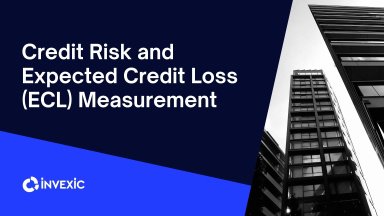
Originally published: 19/04/2022 13:09
Last version published: 15/06/2022 15:46
Publication number: ELQ-58848-3
View all versions & Certificate
Last version published: 15/06/2022 15:46
Publication number: ELQ-58848-3
View all versions & Certificate

Financial Instruments (IFRS 9) Credit Risk, Expected Credit Loss Measurement
Credit Risk and Expected Credit Loss (ECL) Measurement
Further information
Measure Credit Risk
Credit Assessment, Risk assessment






